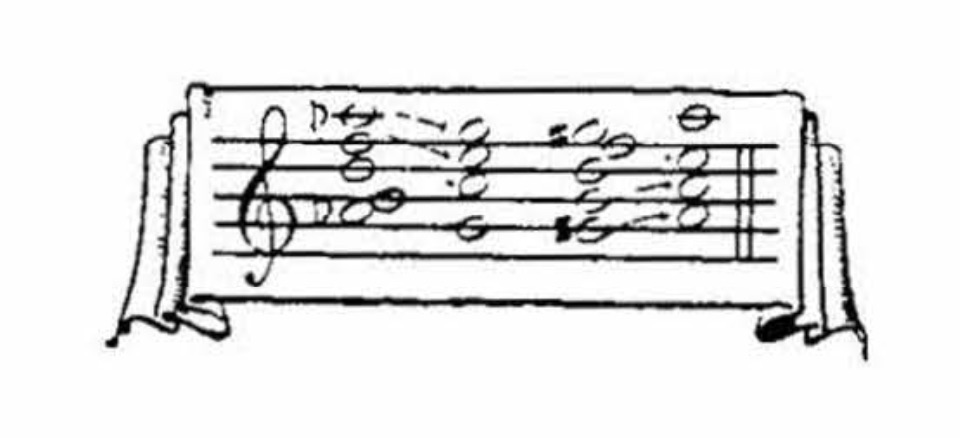The chord-scales may be either major or minor, or may be found in a sweetly mingled condition; a piece may be wholly major or wholly minor, but not wholly chromatic. Chromatic chords do not usually succeed each other, but come into diatonic compositions for the purpose of producing certain effects peculiar to them, or by solving difficulties which may arise in composition. They are used as musical condiments to spice or sweeten a passage; but nobody makes pudding all of spice or sugar. The structure, character, and progression of the various chord-scales will be found so amply set forth in several parts of this work that it is not necessary to enlarge further in this place.
The Chromatic Scale is naturally the last to come into view, for it is not generated by a mathematical process at all. Chromatic intervals are indeed found in the scale as mathematically generated. The semitones between B-C and E-F are two chromatic intervals, and the chord which occurs between the major and the minor in the chord-scale when it begins with the minor mode is a chromatic chord, though in an uncompleted condition. But the making of the octave into a chromatic scale of twelve small or semi-tones, is the work of modulation from one key to another through the whole twelve keys in either the major or minor sphere; and this process is fully set forth in the pre-note to the chromatic treatise. [Scientific Basis and Build of Music, page 69]

